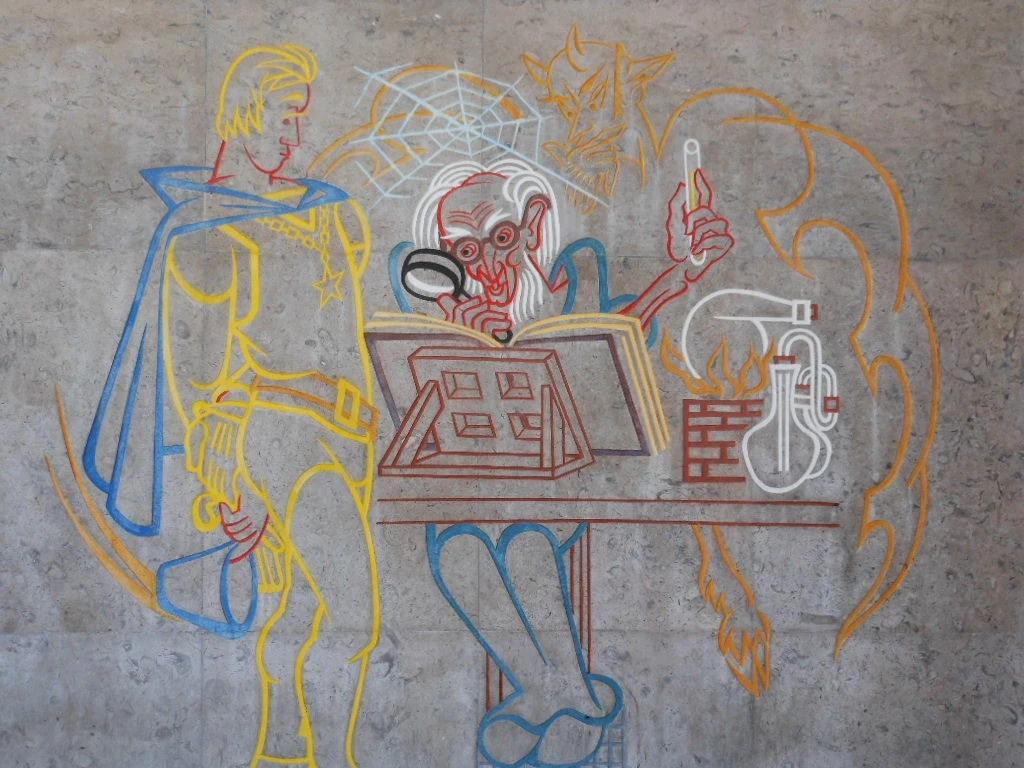There’s something puzzling about the world’s most celebrated scientists. In his book “Range,” David Epstein highlights research showing that Nobel Prize winners are at least 22 times more likely than their peers to be amateur actors, dancers, magicians, or other types of performers.
This finding raises questions that extend far beyond academic curiosity. What might performance offer that traditional scientific training doesn’t? And what does this tell us about how breakthrough thinking actually develops?
The Cognitive Overlap
Consider what happens when someone steps onto a stage. They must read their audience, adapt to unexpected moments, and think on their feet when things don’t go according to plan. These same skills appear in the laboratory, though we rarely recognize them as such.
When a researcher encounters results that don’t fit existing theories, they need the kind of mental flexibility that performers develop. They must question their assumptions, see familiar problems from new angles, and remain comfortable with uncertainty long enough for insights to emerge.
Performance also demands what psychologists call “divergent thinking”—generating multiple solutions rather than seeking the single correct answer. While much of scientific education emphasizes convergent thinking, revolutionary discoveries often require both modes working together.
Pattern Recognition Across Domains
There’s another angle worth considering. Performance teaches a particular kind of attention—the ability to notice subtle cues and make rapid adjustments. A musician learns to hear when an ensemble is drifting out of tune. An actor develops sensitivity to audience energy. A magician becomes expert at reading people’s expectations and reactions.
These skills may transfer to scientific work in unexpected ways. Breakthrough discoveries often involve recognizing patterns that others have overlooked, or noticing when something doesn’t quite fit established models. Einstein spoke of his violin playing as essential to his thinking process. Richard Feynman saw connections between his drumming and his physics work.
The capacity to engage deeply with multiple domains might cultivate a particular kind of intellectual flexibility that proves valuable when tackling complex scientific problems.
What We Miss
This pattern suggests we might be thinking about scientific talent too narrowly. If we select for only traditional academic markers, we may overlook the intellectual flexibility that drives major breakthroughs.
The most transformative scientists often share certain qualities: intellectual playfulness, comfort with ambiguity, and the ability to see familiar problems from radically different perspectives. These are precisely the capacities that performance cultivates, yet they’re rarely emphasized in scientific training.
The Deeper Question
Perhaps the real question isn’t why Nobel laureates are more likely to be performers, but what this reveals about the nature of discovery itself. Breakthrough thinking may require not just technical competence but a kind of cognitive agility that emerges from engaging with the world in multiple ways.
